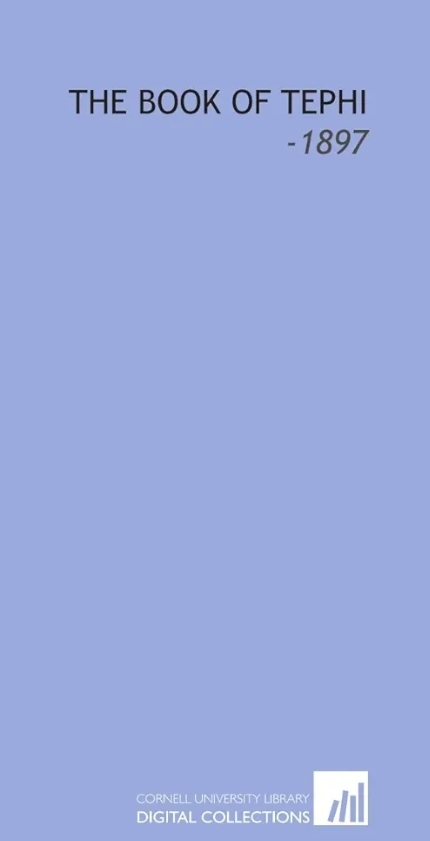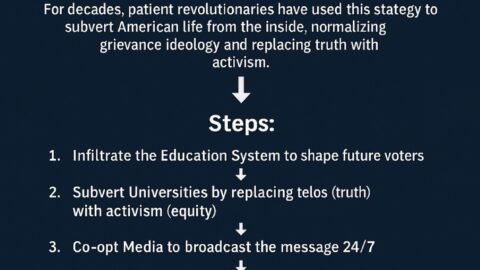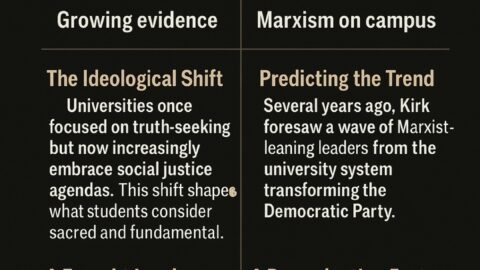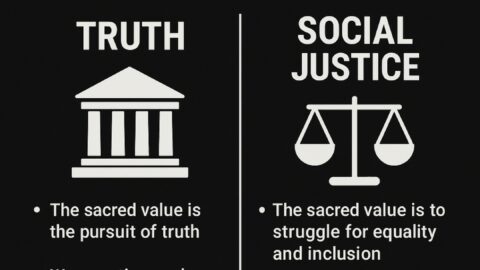Introduction: A Mystical Manuscript and the Quest for Origins
Published in 1897 by Dr. John A. Goodchild, The Book of Tephi occupies a unique place in the genre of British-Israelite literature. Blending myth, poetry, prophecy, and nationalistic theology, this work claims to present the epic story of Tephi, a legendary princess of ancient Israel, who journeyed from Jerusalem after the Babylonian captivity to Ireland—bringing with her not only royal blood but the “Stone of Destiny,” the object on which British and Scottish monarchs have traditionally been crowned.
Authorship and Literary Structure
1. Who Was John A. Goodchild?
- John Arthur Goodchild (1851–1914) was a British physician, mystic, poet, and author.
- Deeply interested in Christian esotericism, Celtic mythology, and lost tribes theories, Goodchild wrote several works exploring the mystical and prophetic history of Britain.
2. Literary Form
- The Book of Tephi is written as an epic poem in a prophetic, archaic style, emulating the cadences of the Hebrew prophets and Irish bards.
- The book presents itself as a translation of ancient manuscripts, but is, in fact, a 19th-century literary creation.
The Narrative of Tephi
1. The Fall of Jerusalem and the Escape
- The poem begins with the sack of Jerusalem by Nebuchadnezzar and the exile of the royal family.
- Tephi, daughter (or granddaughter) of King Zedekiah, is rescued by the prophet Jeremiah, who is depicted as her guardian and spiritual guide.
2. The Journey to the West
- The company, carrying relics (including the Lia Fáil or Stone of Destiny), travels through Egypt and Spain, facing perils and receiving prophetic visions.
- Their voyage across the sea is presented as divinely ordained—fulfilling biblical prophecies about the survival and scattering of the Davidic line.
3. Arrival and Coronation in Ireland
- Tephi arrives in Ireland and is received by High King Eochaidh. Their union is both a political and spiritual event, blending the ancient lines of Israel and Ireland.
- Tephi is crowned queen upon the Stone of Destiny at Tara, solidifying the mythic connection between the Irish (and, by extension, British) monarchy and the House of David.
Major Themes and Messages
1. Restoration and Continuity of Davidic Kingship
- The central claim is that God’s covenant with David (“there shall never fail thee a man upon the throne of Israel”—Jeremiah 33:17) was preserved, not in the Middle East, but in the British Isles.
- The stone on which Tephi is crowned is identified as the biblical “Stone of Jacob,” linking British coronation rituals to ancient Israelite tradition.
2. Divine Guidance and Prophecy
- Tephi’s journey is filled with prophetic dreams, visions, and assurances of divine protection.
- The narrative reinforces the belief that the hand of Providence guides history, using exile and wandering to prepare a new people for their destiny.
3. National Identity and Destiny
- The book was written in an era when Britain was at the height of its global influence. Goodchild uses Tephi’s story to support the idea that Britain’s greatness was not mere accident, but a fulfillment of God’s plan.
- The legend positions the British (and Irish) people as spiritual inheritors of the promises to Israel, chosen to lead and uphold righteousness.
4. Fusion of Celtic and Hebraic Tradition
- Goodchild weaves Irish legend, bardic poetry, and Christian symbolism into the fabric of the story.
- The Stone of Destiny (Lia Fáil), the Hill of Tara, and other sites are recast as centers of sacred history, connecting the isles’ mythic past to the Bible.
Historical Context and Reception
1. The British-Israel Movement
- The book did not appear in a vacuum. From the 19th century, “British-Israelism” gained momentum—a belief that the Anglo-Saxon peoples were the literal descendants of the lost tribes of Israel.
- The Tephi legend provided a narrative linchpin for these claims, especially regarding royal succession and divine favor.
2. Scholarly Critique
- Modern historians and archaeologists find no evidence for Tephi’s existence or for the transplantation of the Davidic line to Ireland or Britain.
- The “Stone of Scone” (used in coronations) is of uncertain origin, but there is no historical basis for its identification as “Jacob’s Pillow Stone.”
- Most linguistic and mythological connections drawn in the poem are considered speculative or fanciful.
3. Cultural Impact
- Despite scholarly skepticism, the Tephi legend has endured in some royalist, nationalist, and religious circles.
- It has influenced ceremonial traditions and continues to be referenced in fringe histories and alternative genealogies of British royalty.
Symbolism and Spiritual Interpretation
1. The Princess as Archetype
- Tephi is more than a historical figure; she represents the faithful remnant, the exiled but divinely preserved line, and the union of sacred and royal destinies.
- Her journey mirrors the biblical exodus and echoes themes of loss, hope, restoration, and national rebirth.
2. The Stone of Destiny
- The stone itself is the axis of the narrative, serving as a symbol of divine authority, legitimacy, and continuity.
- Its supposed journey from Bethel (Jacob’s dream) to Tara and then to Westminster is a metaphor for the transmission of God’s promises across ages and nations.
3. Spiritual Destiny
- Goodchild uses the Tephi story to exhort his readers to recognize their “true” identity and destiny as part of God’s plan for history.
Legacy and Modern Relevance
- The Book of Tephi stands as a poetic monument to the hopes, myths, and spiritual ambitions of a certain era of British history.
- While the literal truth of Tephi’s story remains unproven, its impact on British-Israel theology, royal lore, and alternative history is enduring.
- Today, it is read as a window into Victorian spirituality, mythmaking, and the quest for divine legitimacy in the modern age.
Conclusion
The Book of Tephi by John A. Goodchild is an evocative blend of myth, prophecy, poetry, and nationalist theology.
Though not accepted as factual history, it powerfully illustrates how stories—especially those linking the present to the sacred past—can shape a people’s identity, purpose, and worldview.







